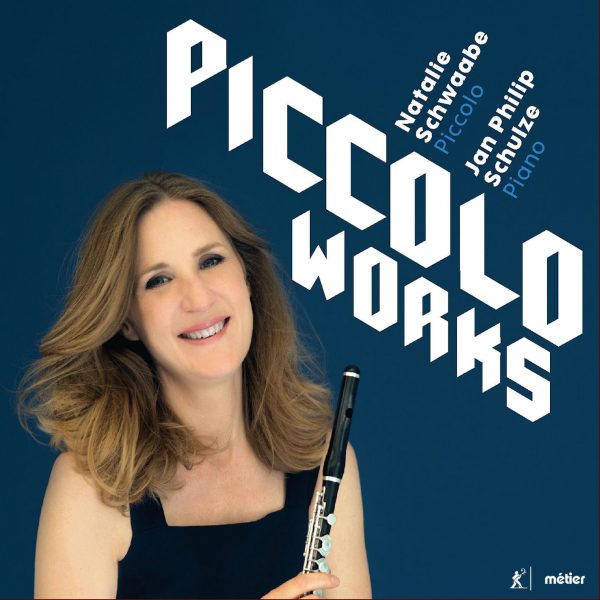American Record Guide
If you crossed the Muczynski Flute Sonata with Rite of Spring, you’d get a piece much like the sonata Levente Gyöngyösi (b 1975) has written, but with the nocturnal quality of Prokofieff’s Third Piano Concerto in the jazz-tinged slow movement. The first two movements have cadenzas with plenty of personality, and the third has a fugue. Gert Wilden, Jr’s two and a half piece (2013) offers as much mystery as Gyöngyösi had offered energy and punch, then a contrasting section brims with flowing vigor. Its title comes from the form: in three parts, but the third is less than the other two.
Franco Donatoni’s two pieces titled Nests [sic] are dedicated to Pierre-Yves Artaud and Roberto Fabbriciani, two of the foremost flute players of the avant-garde. They are energetic, busy, and unaccompanied. Woodwind doubler and composer Mike Mower (b 1958) is known for his engaging and jazzy style, here contributing a three-movement sonata to the small literature for piccolo and piano. The German text narrated in The Pied Piper of Hameln is translated in the booklet.
Jan Mikalsen’s dramatic and emphatic 7-minute piece was inspired by Kurt Vonnegut’s 1969 novel Slaughterhouse-Five. Derek Charke’s Lachrymose (2006) closes the program with the piccolo transformed to “a heartbreaking voice of human fragility” in writing that recalls Baltic composers such as Peteris Vasks.
Natalie Schwaabe is a fantastic, even stunning, piccolo and flute player whether producing sound the usual way, flutter tonguing, or singing and playing at the same time. She handles all the demands with aplomb and artistic vision. Jan Philip Schulze plays the Dickens out of his parts, which means when you put the two together the result is a program you just have to hear.
@divineartrecordingsgroup
A First Inversion Company
Registered Office:
176-178 Pontefract Road, Cudworth, Barnsley S72 8BE
+44 1226 596703
Fort Worth, TX 76110
+1.682.233.4978












